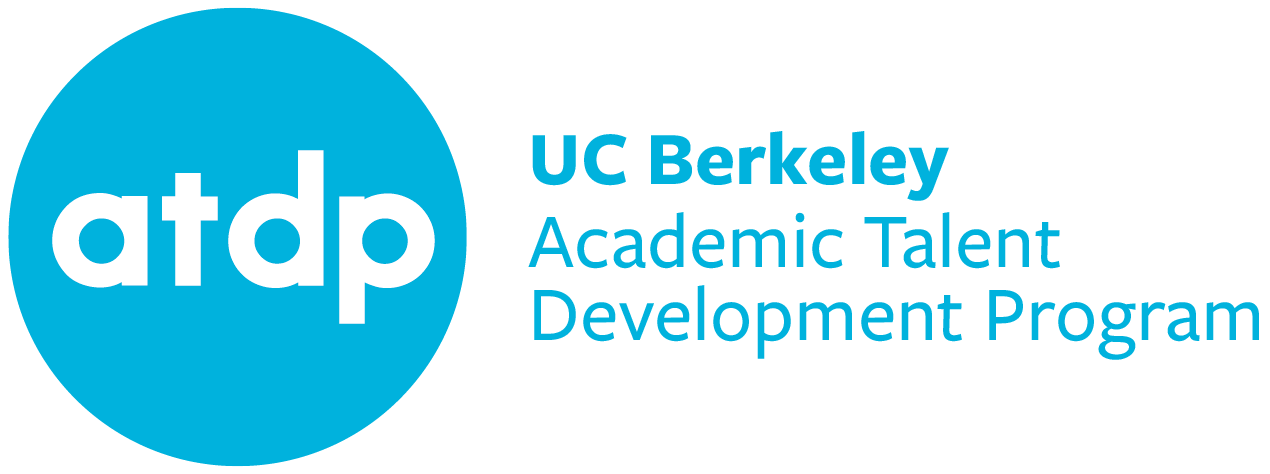In 2013, one of the cognitive neuroscience classes was flipped. In flipped classrooms, students learn the course content by watching videos at home. During class, instructors answer questions, guide exploratory learning, and work with students to differentiate and personalize learning. This is in contrast to traditional classes where teachers lecture in class and assign readings and assignments for homework. Although flipped classrooms are gaining popularity in secondary school settings, most research on flipped classrooms was conducted in university settings.
In this study we used the teacher’s log, in-class one-minute surveys, end-of-summer surveys, and students’ final grades in order to answer three questions. What are teacher perceptions of flipped classrooms? What are student perceptions of flipped classrooms? Does flipping a classroom affect academic performance? We compared a flipped class to a traditional class, which were both taught by the same instructor. We found the following:
Teacher’s Perceptions
- The instructor noticed differences in how class time was used. In the flipped class, the instructor reported that class time was more flexible and the knowledge of students at the beginning of class led to longer and more sophisticated discussions.
- It took 3 times or more to review the same information in the traditional class as a 10-minute flipped lesson, because the class presentation needed to accommodate for students taking notes, asking questions, and reflecting on the material.
- Planning and creating flipped lessons required a significant amount of time, however, the instructor still preferred his role in the flipped class because of the richer discussions and the ability to provide immediate in-class feedback on assessments and projects.
Students’ Perceptions
- On average, students in the flipped class watched the flipped lessons 98% of the time and students in the traditional class read assigned texts 92% of the time. Re-watching flipped lessons was the norm (81%) for students in the flipped class, whereas students in the traditional class re-read assigned texts 52% of the time.
- 95% of the students in the flipped class would want flipped lessons in future years. 63% of the students in the traditional class would add flipped lessons in future years.
- Commonly, students in the flipped class wrote that there was too much time for activities and that the most useful teaching tool was in-class lecture. One student wrote, “We didn’t really do anything. I liked the conference but they were too long to do in class. Lecture was good.”
- The traditional class critiqued the fast pace of the lecture and the limited time allotted to work on projects. A common theme from the traditional class was illustrated by the following student’s comment: “Maybe a little too fast this time,” and “A bit too quick to follow towards the end of class. But very informative!”
- In the summative surveys, the traditional class reported that the instructor had greater clarity and organization, and that they learned more and enjoyed the class more than the flipped class.
Academic Achievement
- There was no difference in academic performance on graded work between the classes.
Flipped instruction challenge traditional aspects of instruction, such as lectures and reading assignments, and are more student-centered by shifting the classroom focus to the students rather than the teacher. The rapid adoption of flipped instruction illuminates some of the shortcomings of our current models of education that may fail to access all students, or engage students in creative and contemporary ways.
Overall, we found that the teacher preferred his role in the flipped class. In addition, despite the students’ desire to keep flipped lessons in the future, they struggled with the clarity and organization of the instructor, and use of class time. Finally, our finding that there were no differences in academic achievement between flipped and traditional classes was consistent with the literature.
In conclusion, we are not able to recommend flipped instruction without qualification and instead we caution teachers considering flipped instruction to evaluate the sources of their flipped lessons, manage the expectations of their students, be flexible, and attend to the individual needs of students.
